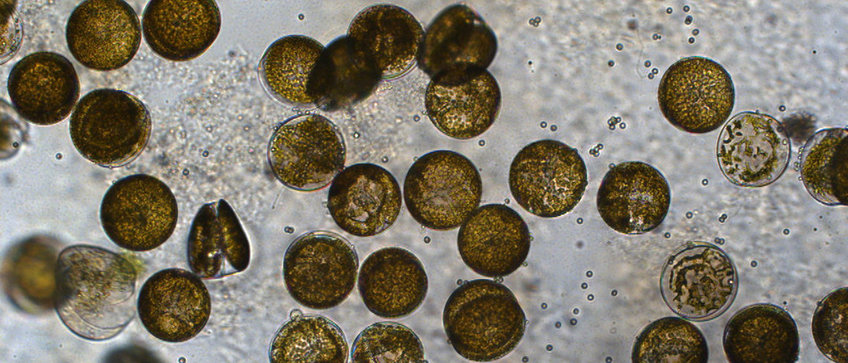
Publikationen von Nicolas Delaroque
Alle Typen
Zeitschriftenartikel (7)
2012
Zeitschriftenartikel
Coevolution of aah: A dps-like gene with the host bacterium revealed by comparative genomic analysis. The ScientificWorld journal 2012, 504905 (2012)
2008
Zeitschriftenartikel
Transmembrane domain length of viral K+ channels is a signal for mitochondria targeting. Proceedings of the National Academy of Sciences of the United States of America 105 (34), S. 12313 - 12318 (2008)
Zeitschriftenartikel
The genome of the brown alga Ectocarpus siliculosus contains a series of viral DNA pieces, suggesting an ancient association with large dsDNA viruses. BMC Evolutionary Biology 8, 110 (2008)
2003
Zeitschriftenartikel
Comparisons of two large phaeoviral genomes and evolutionary implications. Journal of Molecular Evolution 57 (6), S. 613 - 622 (2003)
2002
Zeitschriftenartikel
Phycodnaviridae - large DNA algal viruses. Archives of Virology 147 (8), S. 1479 - 1516 (2002)
2001
Zeitschriftenartikel
The complete DNA sequence of the Ectocarpus siliculosus virus EsV-1 genome. Virology 287 (1), S. 112 - 132 (2001)
1998
Zeitschriftenartikel
A DNA virus infecting the marine brown alga Pilayella littoralis (Ectocarpales, Phaeophyceae) in culture. European Journal of Phycology 33 (3), S. 213 - 220 (1998)